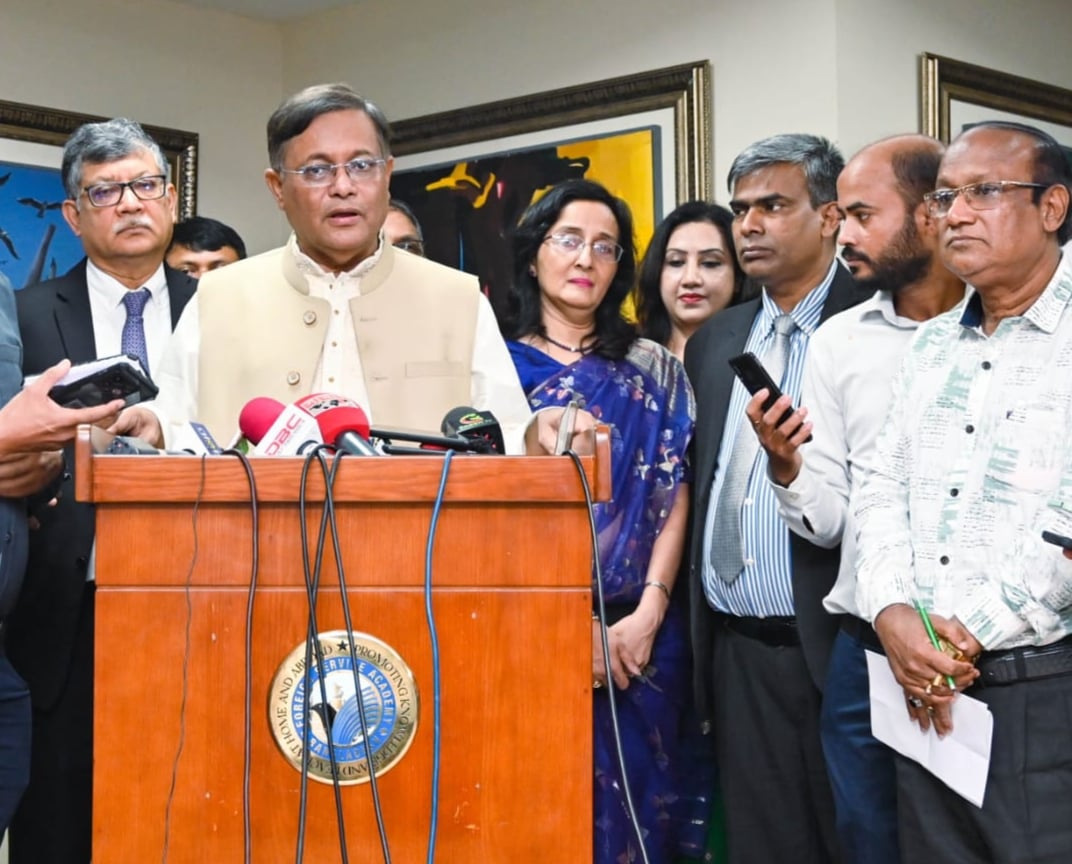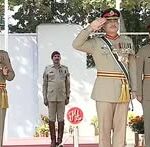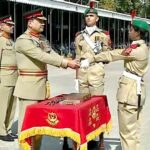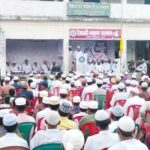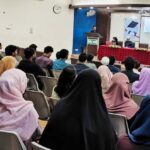
Online Desk: India has recently found itself in the international spotlight — for several reasons. One key reason has been the statements excessively critical of the Muslim community made during the election campaign by BJP leaders to sway Hindu votes away from the Congress. The second reason relates to the threats India’s defence and foreign affairs minister issued repeatedly to capture Azad Kashmir, after New Delhi’s unilateral decision to abrogate Article 370 of the Indian constitution that gave the occupied Kashmir an independent status.
The third reason concerns India’s recent use of targeted killings of the members of Khalistan movement, through hired assassins. The fourth reason concerns India’s influence on the Taliban government in Afghanistan and its role in fostering an alliance between the Tehreek-e-Taliban Pakistan (TTP) and the Balochistan Liberation Army (BLA) to sabotage the China-Pakistan Economic Corridor (CPEC).
Pakistan has repeatedly accused the Taliban government in Afghanistan of providing safe haven to the militant groups and has demanded on numerous occasions that the Taliban take punitive action against then. While the TTP leaders have denied using Afghan soil to launch attacks on Pakistan in media interviews, they haven’t refuted the presence of their militants operating within Pakistan.
According to video statements played during a press conference by Balochistan’s Home Minister Mir Ziaullah Langove, TTP’s Khawaraj Defence Shura Commander Nasrullah alias Molvi Mansoor raised fingers at the Indian Intelligence Agency, RAW, for providing full support to the Afghan Taliban government, the TTP and the BLA Majeed Brigade group.
Nasrullah was captured in an intelligence based operation by Pakistan’s law enforcement agencies. This successful operation dismantled terror bases established jointly by the BLA Majeed Bargaid and TTP Khawaraj factions. He previously belonged to Baitullah Mehsud’s group and fled to Afghanistan during Operation Zarb-e-Azab, a Pakistan Army campaign targeting militant strongholds. He also has a history of involvement in attacks on Pakistani security forces along the border regions. As the head of TTP’s Defence Commission, he controlled the financial and administrative operations of the group.
Nasrullah’s capture yielded intriguing information regarding potential external support for undermining China’s economic interests in Pakistan. He said that RAW’s overarching aim was to disrupt the CPEC project. This, according to him, involved building terror hideouts in Khuzdar, Balochistan; sabotaging the Pakistan-China relationship; and carrying out kidnappings for ransom to create a narrative of forced disappearance.
Nasrullah claimed that TTP Chief Noor Wali Mehsud, currently sheltered in Afghanistan, and BLA Majeed Brigade Commander Bashir Zaid have been meeting with RAW officers at the Indian Embassy in Kabul. He asserted that both TTP and BLA have been receiving financial and logistical support from the agency. Furthermore, he alleged that many “disappeared” persons are being held in Afghanistan.
He blamed the BLA for his arrest, suggesting that the organisation did not want any other party to claim credit for their operations or the spoils received. The TTP it seems may now be in full control of BLA and that all major leadership positions in TTP are held by Mehsuds. These revelations and claims raise serious concerns and warrant further investigation into the external support for terrorist activities, and the motivations behind them.
